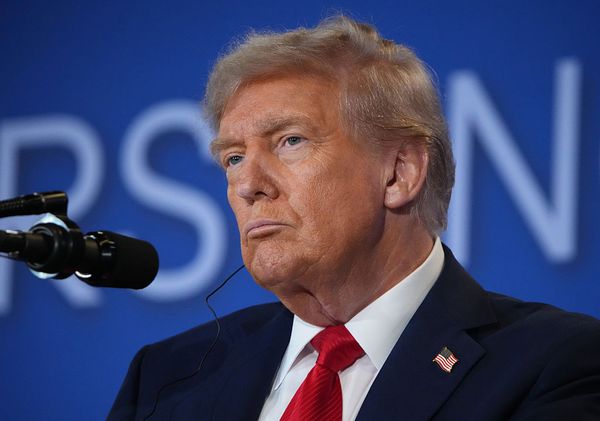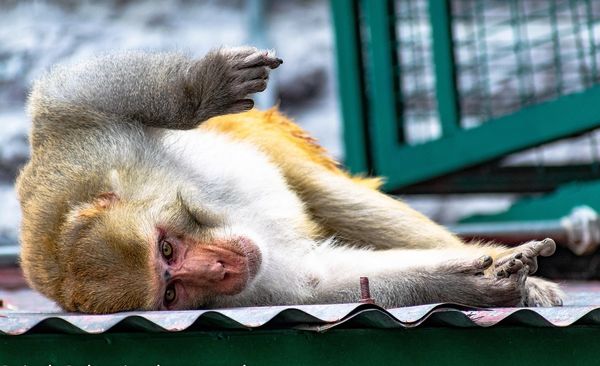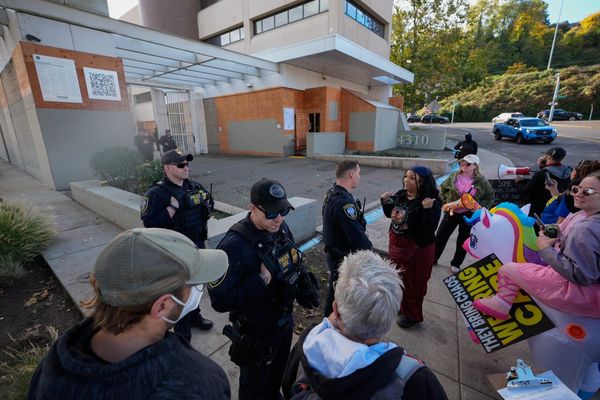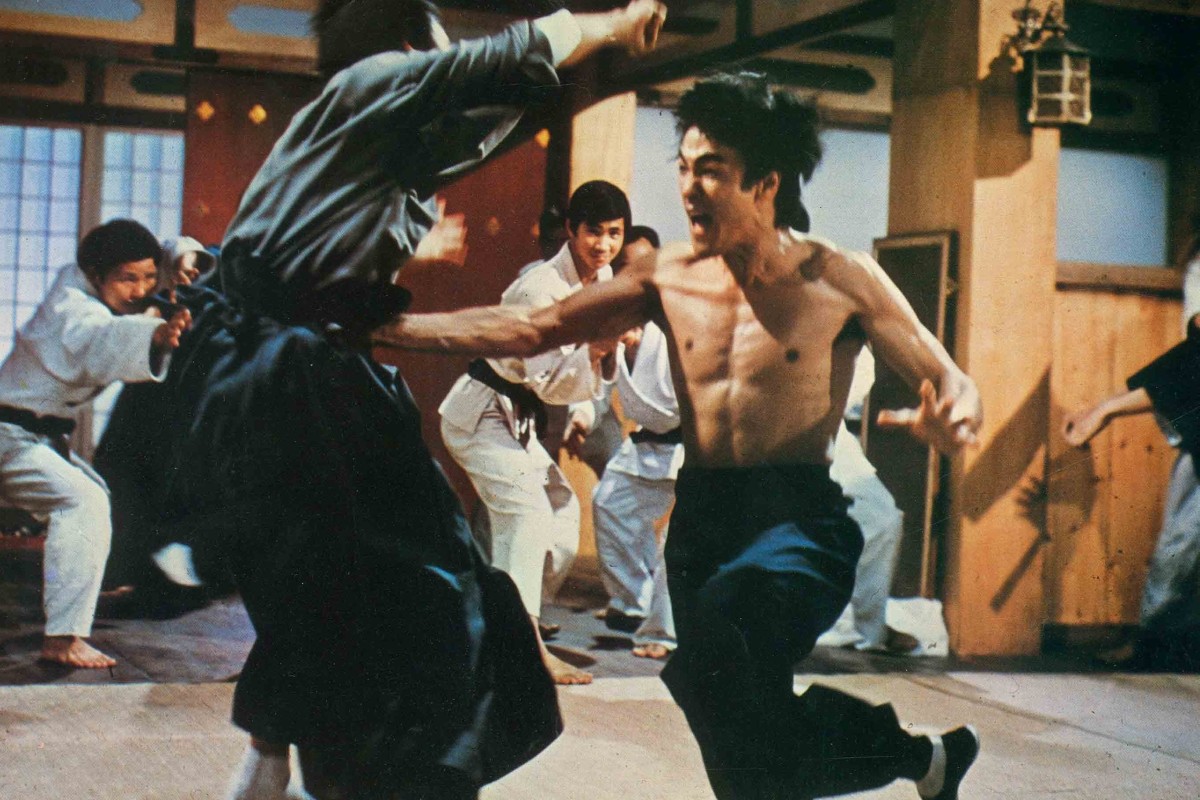
The production of Enter the Dragon, the 1973 smash hit that posthumously made Bruce Lee an international superstar, was fraught with problems. A low budget of US$500,000 – half of which came from Warner Brothers in the US and half from Golden Harvest – meant that the producers had to scrimp on everything from equipment costs to cast and crew salaries.
The film was shot in Hong Kong by American director Robert Clouse using a part-American, part Hong Kong crew, and there was initially friction between the two groups, although this dissipated as the production progressed.
Lee realised that he was on the cusp of international stardom, and although he considered the film to be something of a B-movie, he felt that it would act as his calling card in Hollywood. Consequently, Lee wanted things to be done his way – and that didn’t always go down well with the film’s American producers.
Problems initially flared up when Lee demanded the firing of screenwriter Michael Allin. Lee felt the dialogue did not represent Chinese people in the best light, but the writer refused to take Lee’s suggestions for changes to the script seriously.
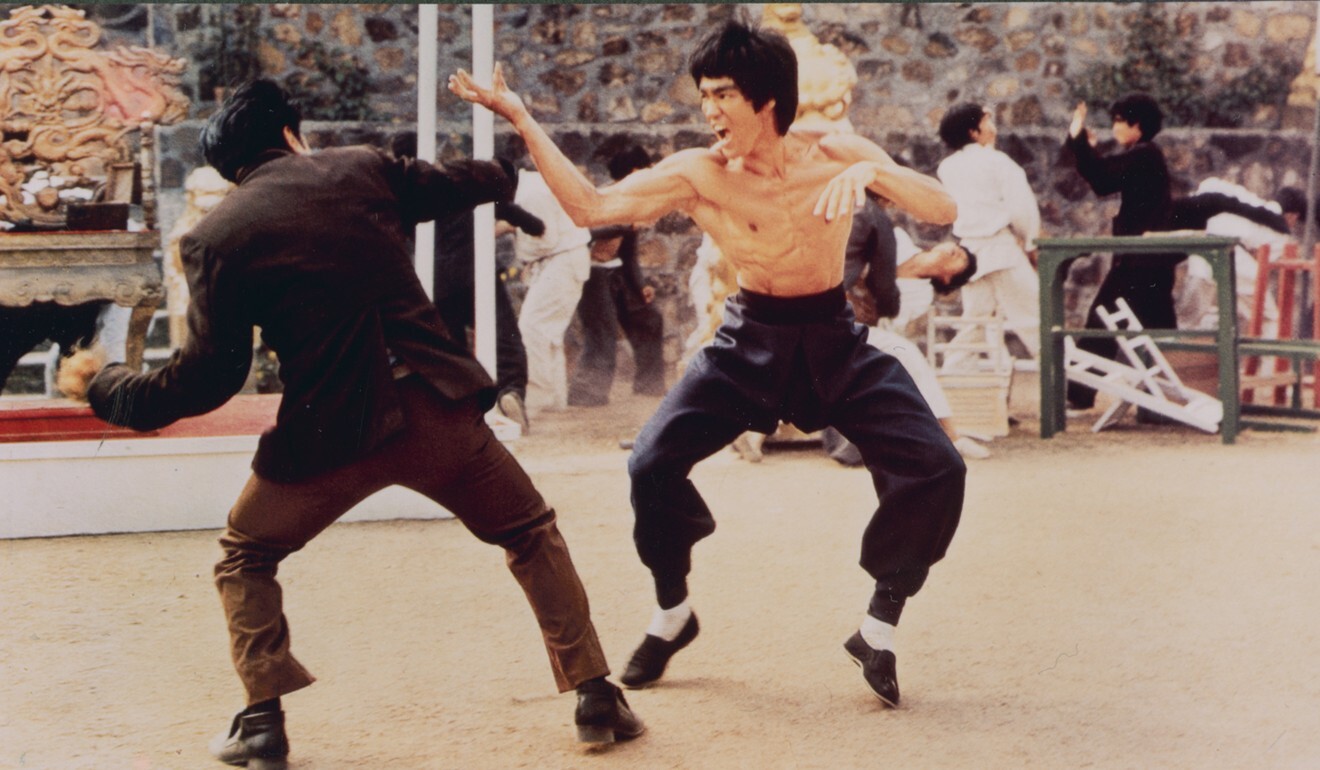
Enter the Dragon was the brainchild of producer Fred Weintraub, who had originally suggested Lee for the lead role in the television series, a part that ultimately went to David Carradine. Lee had liked Clouse’s film Darker than Amber, and suggested that Clouse come on board as director.
Below, those involved in the production tell their stories.
The audience looked like they had emptied all the jails. It was the most street audience I had ever seen. - Rob Cohen, director of Dragon: The Bruce Lee Story, on the US premiere of Enter The Dragon
Producer Fred Weintraub talking to Black Belt magazine:
“[Enter the Dragon] was called Blood & Steel at that time. It was only later when Bruce started seeing it get put together that he said he wanted it to be called Enter the Dragon. I said, ‘Bruce, that’s a title for a kids’ movie.’ So he called Ted Ashley [chairman of Warner Brothers], and Ted said to give it to him if he wanted it. In this case, Bruce was completely right and I was completely wrong.” [Editor’s note: Lee had originally chosen Enter the Dragon as the name for the film Way of the Dragon.]
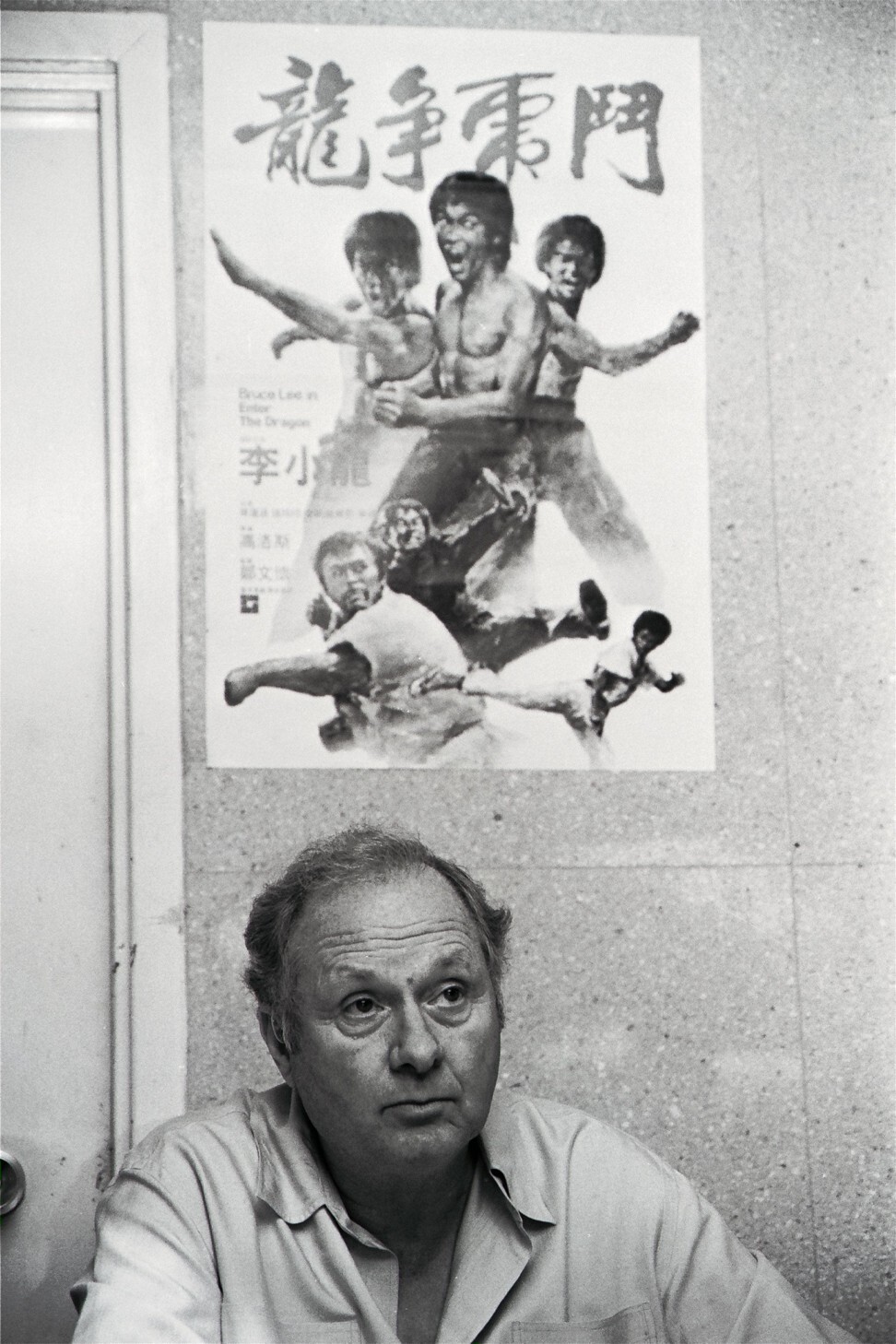
Director Robert Clouse, in his book The Making of Enter the Dragon :
“The part of Roper, later to be played by John Saxon, was difficult to cast. They needed to find a good actor who could handle the demanding physical requirements of the story and they were considering Bill Smith, who starred in Darker Than Amber. After Bruce saw the film, he noticed that Bill Smith was six feet, six inches (198cm) tall with shoulders a yard wide. Bruce didn’t want to go through the picture standing on a box or being overshadowed by Bill. So Bill, for all his fine attributes, was set aside.”
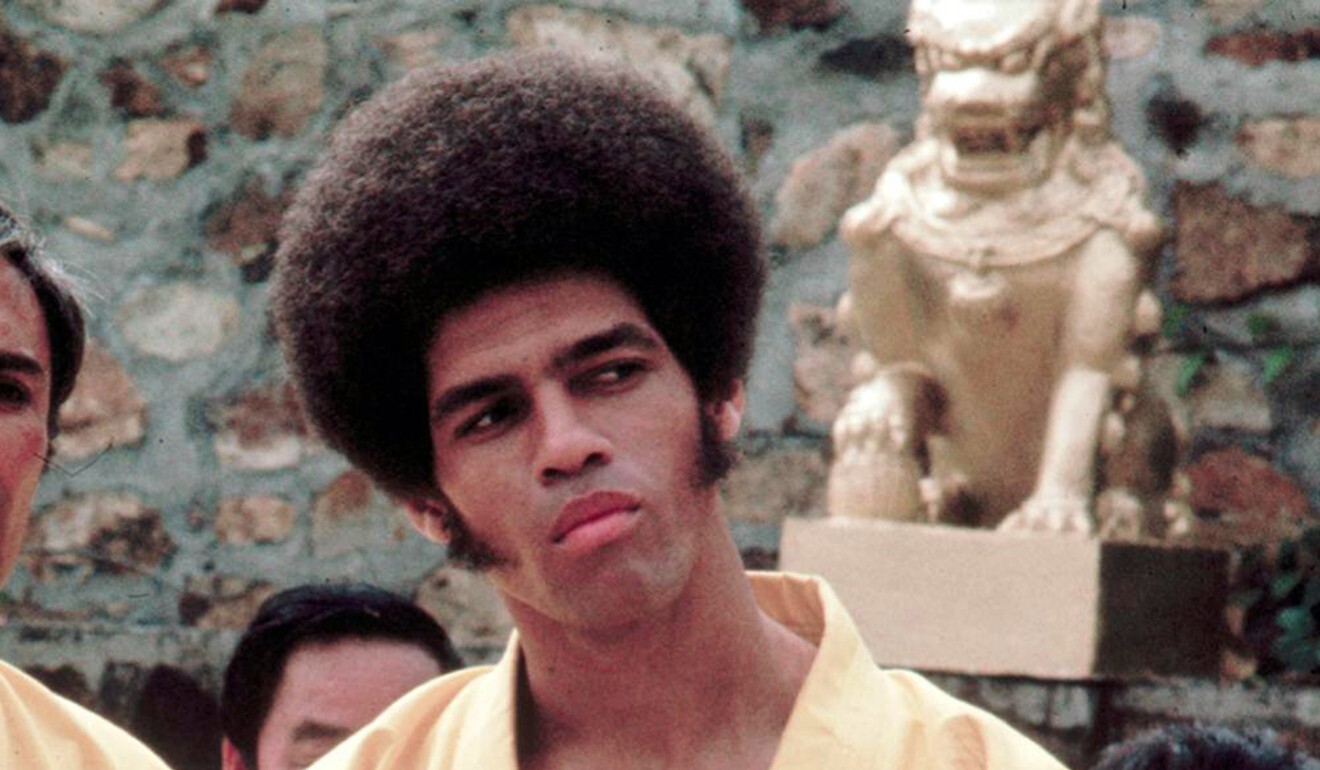
The late Jim Kelly, who played Williams:
“I went out there to Hollywood and met with Fred Weintraub and Paul Heller, not expecting to get the role as my agent said it had already been cast [Rockne Tarkington, the original choice, had actually just dropped out]. They said, Do you know karate? So I started jumping around showing them all the moves, and they gave me a script and told me to go out and check the part of Williams. When I came back, they said, ‘Do you know Bruce Lee?’ I said I’d heard of him. Then they said, ‘OK, you got the part.’”
Robert Clouse on John Saxon, who played Roper:
“John Saxon let me know from the start that it was his feeling that he had been hired to give the picture ‘some class’. He treated the whole project with a certain amount of disdain which carried over into production in Hong Kong.”
John Saxon on the script:
“I really didn’t want to do [Enter the Dragon] at the start, as the script was very thin. I even called the producers and told them that I didn’t want to do it. I was sincere – I said that there wasn’t enough acting in it. But we talked about embellishing the character and the lines. From them on, the work was somewhat improvisatory. I was embellishing the script because some of it was a bit comic booky.”
Sammo Hung on :
“We never really rehearsed it, we just talked about it. Then you would throw a punch, do a block, and then he would say ready, lights, action, and we would do it. Almost everything was done in one take.”
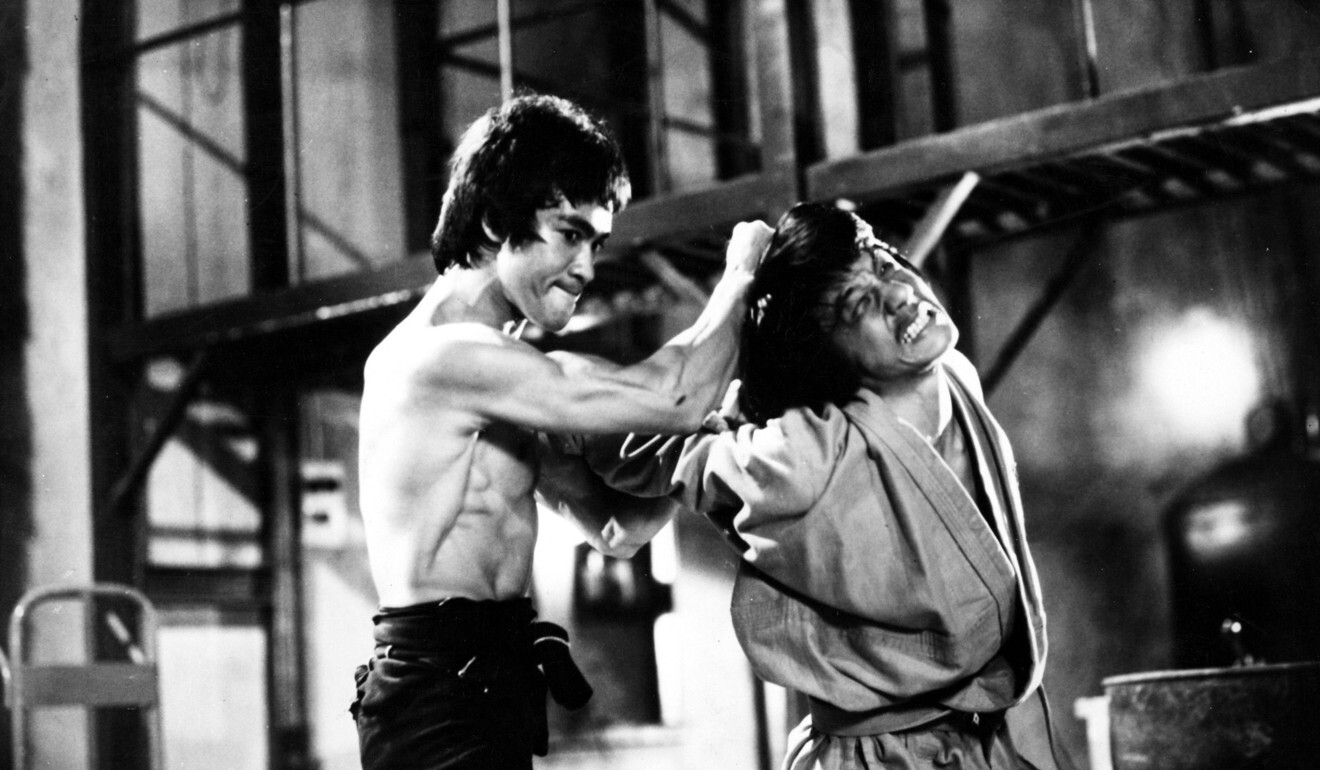
Jackie Chan on :
“Bruce hit me hard with a pole on that film and I fell over. As the camera was still on him, he just carried on. But as soon as the scene was over, he rushed over to me and said, ‘Jackie, I’m really sorry.’ I said, ‘I’m OK’. After that he paid attention to me for the whole day – he watched what I did.”
Robert Clouse on the sets:
“The dungeons on the set of Enter the Dragon were made of mud. Bucket upon bucket of mud were brought on the stage and smeared the wooden frames and chicken wire. As the mud dried out it began to crack and crumble on the floor. We couldn’t shoot certain angles and fights had to be staged to avoid bodies being smashed against the walls. We had to hurry and finish the last scenes before the thing collapsed.”
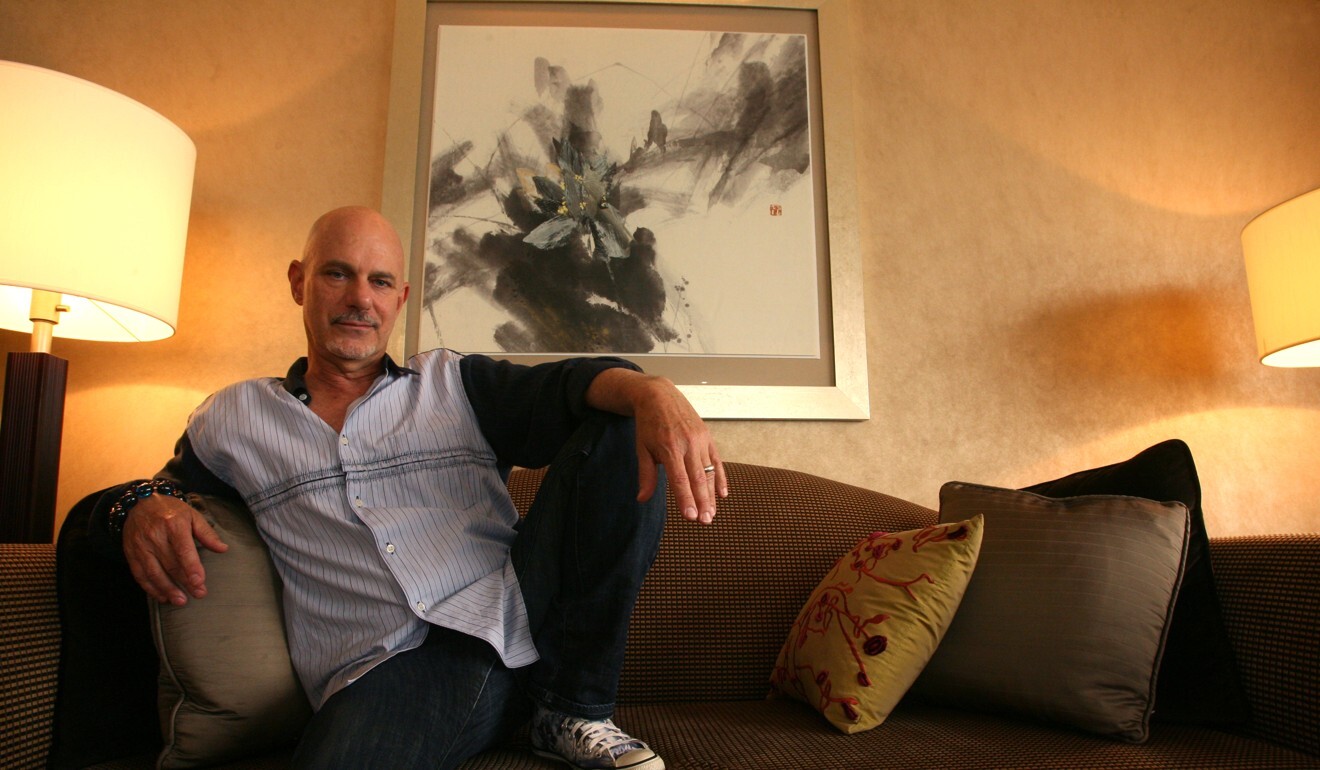
Rob Cohen, director of Dragon: The Bruce Lee Story , on the premiere:
“I was at the American premiere of Enter the Dragon at Grauman’s Chinese Theatre. I was there because the producer Fred Weintraub was a friend of mine. I went and I had no idea what I was seeing. The audience looked like they had emptied all the jails. It was the most street audience I had ever seen. This guy came on the screen, this very handsome Chinese guy who could do all this amazing stuff, and people were screaming and cheering like it was live sporting event.”
Jim Kelly on working with Lee again:
“I don’t know what happened to Bruce Lee, I’ve heard so many stories. But I know one thing – before whatever happened, I was supposed to do another film with him. Before I left Hong Kong, Bruce and I talked, and he said, ‘Look Jim, we’re going to do another film. Will you come back to Hong Kong and star in my next film with me?’ And that’s the way we left it. At least I had the chance to work with him, meet him, and learn a lot from him.”
Fred Weintraub on the film’s legacy:
“Before Bruce Lee and Enter the Dragon came along, every small town in America had a beauty parlour and a church. After Bruce, every small town also had a karate school. What karate school doesn’t have a photo of Bruce on the wall?” [Editor’s note: Lee did not think much of karate as a fighting style]
In this regular feature series on the best of Hong Kong martial arts cinema, we examine the legacy of classic films, re-evaluate the careers of its greatest stars, and revisit some of the lesser-known aspects of the beloved genre.
Want more articles like this? Follow SCMP Film on Facebook
